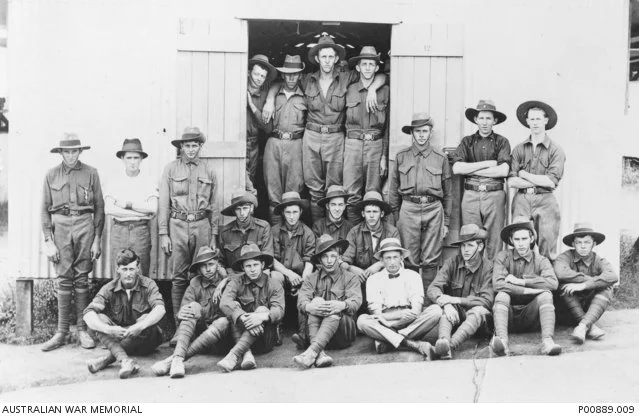Today is the National Police Remembrance Day. Each year, on September 29, vigils, services and marches are held nationally to commemorate National Police Remembrance Day to remember and honour all police officers who have been killed in the line of duty, and also remember and honour officers whose death did not occur as a consequence of their duty. Last month, August 2023, the Queensland Police Museum applied for the name of Billy Esldale to be added to the Queensland Police Honour Roll, based on this research.
Read MoreRecently, I received a long awaited letter notifying me that I was elected Fellow of the Royal Historical Society (UK). The Council elected me a Fellow in recognition of my contribution to historical scholarship. Founded in 1868, the Royal Historical Society (RHS) is a successful learned society, membership organisation and charity with a 150 year history. Today, the RHS is the UK’s foremost society working for historians and history.
Read MoreI have been asked to share some thoughts on ‘The Best Books On’ and I chose to recommend a few titles on history of policing, crime and society in Ireland.
I recommended a few of my personal favourites which are shown below and are discussed in detail on Shepherd.com - Best Books on the History Policing, Crime and Society in Ireland.
Read MoreFor nearly two hundred years, helmets, hats and caps offered head protection for police, be it from the climactic or criminal elements, enabling safer duty. In this Queensland Police Museum Treasures post, I will be looking at police headwear. Colonial policemen were helmets, hats, or high caps. Mounted men, ordinary duty police and bush police each had their own headgear.
Read MoreThis is the first entry in, hopefully, regular series showcasing the treasures held at the Queensland Police Museum, located in the Queensland Police Service Headquarters, Brisbane. The physical requirements for entry into the force were meant to compensate for the lack of armaments. An eligible applicant must have measured a clear 5’8 inches without their boots (which I do not), have been of strong constitution, and free from any bodily complaint.2 Apart from fulfilling the physical requirement, the applicants had to possess basic literacy skills. Candidates for the Force had to be under the age of 30, unless they had previously been engaged in Police duty, in which case they may be admitted up to the age of 35 years. Stout uniformed men standing at near or over six feet in height with their batons at the ready were judged to present an imposing enough sight to discourage potential depredators without the additional aid of a pistol. Prevention of crime was the primary objective of Brisbane City Police.
Read MoreGuillaume Edington Armit, later William Edington de Marguerittes (de Margrat) Armit, was born in Liege, Kingdom of Belgium on 10 May 1848, to John Lees Armit Esq of Kildare St, Dublin, formerly an army agent, and Elizabeth Yeldham. William’s father’s first wife, Noemie Augustine Eugenie de Teissier, was a granddaughter of Jean-Antoine Teissier de Marguerittes, Baron de Marguerittes, guillotined in 1794, during the French Revolution. This explains the later addition to Armit’s name. Armit had four half-siblings from his father’s first marriage and five full siblings from the second. William went on to have a large family of his own.
Read More







